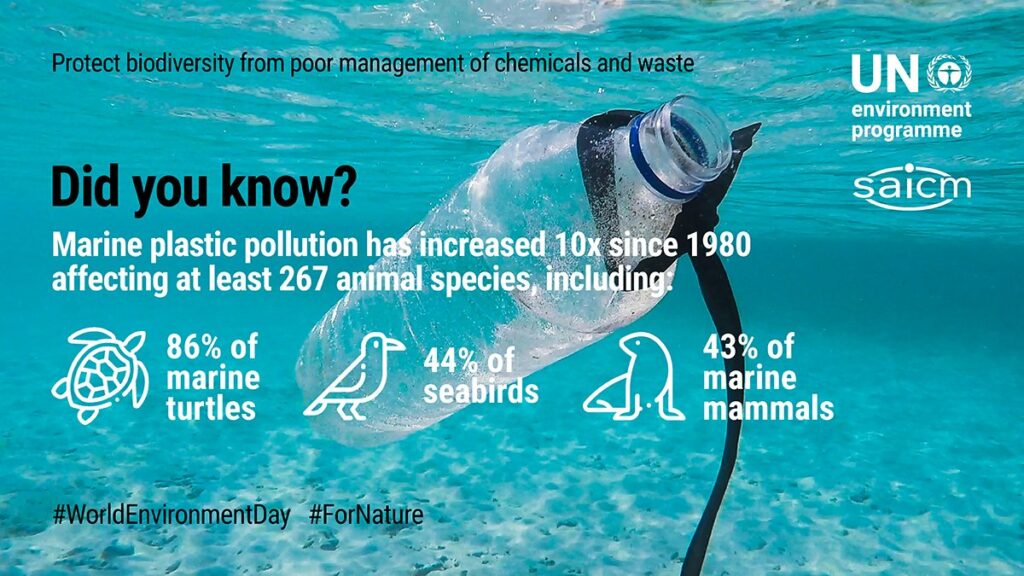
California Department of Water Resources’ LandFlex Program Advances Sustainable Groundwater Management
Introduction
The California Department of Water Resources (DWR) has made notable progress through its LandFlex Program in conserving groundwater resources and protecting community drinking water wells. This initiative aligns closely with several Sustainable Development Goals (SDGs), particularly SDG 6 (Clean Water and Sanitation), SDG 12 (Responsible Consumption and Production), and SDG 13 (Climate Action).
Program Achievements
- Protection of over 100,000 acre-feet of groundwater.
- Ensured safety of 16,500 drinking water wells across California.
- Supported 52 small and mid-sized farms in the Central Valley to adopt sustainable practices.
- Distributed $23.3 million in grants to six groundwater sustainability agencies.
- Reduced groundwater over-pumping and advanced compliance with the Sustainable Groundwater Management Act (SGMA) ahead of the 2040 deadline.
Alignment with Sustainable Development Goals
- SDG 6: Clean Water and Sanitation
- Protection of community wells ensures access to safe and reliable drinking water.
- Groundwater conservation contributes to sustainable water resource management.
- SDG 12: Responsible Consumption and Production
- Encouragement of sustainable farming practices reduces environmental impact.
- Grants incentivize farms to transition to water-efficient and climate-resilient operations.
- SDG 13: Climate Action
- Program flexibility supports climate-resilient solutions for water sustainability.
- Prevention of land subsidence protects critical water infrastructure.
Key Stakeholder Perspectives
- Karla Nemeth, DWR Director: Emphasized the program’s dual role in conserving water and providing climate-resilient solutions for both groundwater agencies and farmers.
- Anja Raudabaugh, CEO of Western United Dairies: Highlighted the program’s immediate impact on helping farmers meet SGMA requirements and transition to sustainability.
- Blake Vann, Chairman of Almond Alliance: Described LandFlex as a transformative initiative fostering sustainable farming and protecting water resources for future generations.
Collaborative Efforts and Community Impact
The success of LandFlex is attributed to strong partnerships with organizations such as the California Department of Food and Agriculture and Self-Help Enterprises. These collaborations have been essential in raising awareness, supporting vulnerable communities, and empowering farmers to adopt sustainable water management practices.
Conclusion and Further Information
The LandFlex Program exemplifies California’s commitment to achieving sustainable groundwater management in line with global Sustainable Development Goals. By protecting water resources, supporting agricultural sustainability, and enhancing climate resilience, the program sets a precedent for integrated water stewardship.
For more information, visit the official LandFlex Program webpage: water.ca.gov/landflex.
1. Sustainable Development Goals (SDGs) Addressed
- SDG 6: Clean Water and Sanitation
- The article focuses on groundwater conservation and ensuring safe drinking water for communities, directly relating to SDG 6.
- SDG 2: Zero Hunger
- The support for sustainable farming practices and helping farms stay productive connects to SDG 2, which aims to end hunger and promote sustainable agriculture.
- SDG 13: Climate Action
- The program’s emphasis on climate-resilient solutions and adapting to drought conditions aligns with SDG 13.
- SDG 17: Partnerships for the Goals
- The article highlights collaboration between government agencies and organizations, reflecting SDG 17’s focus on partnerships.
2. Specific Targets Under the Identified SDGs
- SDG 6: Clean Water and Sanitation
- Target 6.1: Achieve universal and equitable access to safe and affordable drinking water for all.
- Target 6.4: Substantially increase water-use efficiency across all sectors and ensure sustainable withdrawals.
- SDG 2: Zero Hunger
- Target 2.4: Ensure sustainable food production systems and implement resilient agricultural practices.
- SDG 13: Climate Action
- Target 13.1: Strengthen resilience and adaptive capacity to climate-related hazards and natural disasters.
- SDG 17: Partnerships for the Goals
- Target 17.17: Encourage and promote effective public, public-private and civil society partnerships.
3. Indicators Mentioned or Implied to Measure Progress
- Groundwater Saved (Volume)
- The article mentions safeguarding over 100,000 acre-feet of groundwater, which can be used as an indicator to measure water conservation progress (related to SDG 6.4).
- Number of Drinking Water Wells Protected
- Ensuring the safety of 16,500 drinking water wells is an indicator of access to safe water (related to SDG 6.1).
- Number of Farms Transitioning to Sustainable Practices
- Supporting 52 farms to adopt sustainable practices serves as an indicator of progress towards sustainable agriculture (related to SDG 2.4).
- Grant Funding Allocated
- The $23.3 million in grants awarded reflects financial commitment and partnership efforts (related to SDG 17.17).
- Compliance with Sustainable Groundwater Management Act
- Bringing lands into compliance ahead of the 2040 deadline indicates progress in sustainable water management (related to SDG 6.4 and SDG 13.1).
4. Table of SDGs, Targets, and Indicators
| SDGs | Targets | Indicators |
|---|---|---|
| SDG 6: Clean Water and Sanitation |
|
|
| SDG 2: Zero Hunger |
|
|
| SDG 13: Climate Action |
|
|
| SDG 17: Partnerships for the Goals |
|
|
Source: actionnewsnow.com







